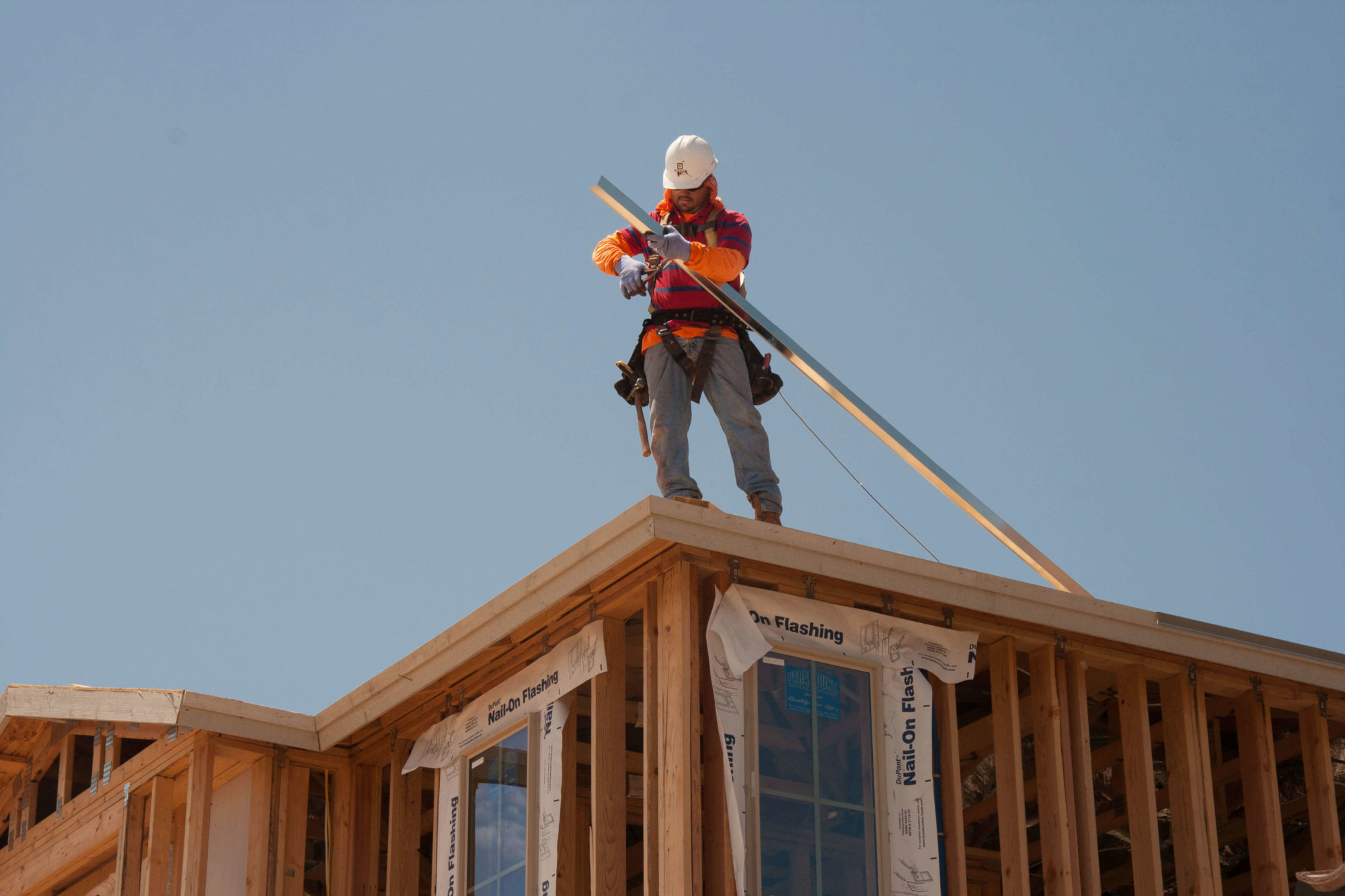Falls in residential construction are common. According to data from the U.S. Department of Labor’s (DOL) Bureau of Labor Statistics, an average of 40 workers lose their lives each year as a result of falls from residential roofs. These injuries and losses are not only costly to your company due to claims and elevated insurance premiums, they are preventable. For this reason, the Occupational Safety and Health Administration (OSHA) has explicitly stated that residential builders are not allowed to bypass fall protection requirements.
Who is Involved?
All employers engaged in residential construction work are required to provide fall protection for workers working more than six feet above ground. Residential construction includes the following elements:
- The end use of the structure being built is a home or a dwelling.
- The structure is built using traditional wood frame construction materials and methods. Limited use of structural steel does not disqualify a structure from being considered residential construction.
Any employer involved in residential construction is required to comply with OSHA regulations regarding fall protection systems. This means employees working 6 feet or more above lower levels must use one of the following safety systems:
- Guardrails and safety nets
- Personal fall arrest systems, an example of which being a full body harness, a deceleration device, a lanyard and an anchor point.
Certain types of work specified under other OSHA provisions warrant alternative fall protection measures.
What if Fall Protection is Infeasible?
When the use of conventional fall protection methods is infeasible or creates a greater hazard, employers must create a written, site-specific fall protection plan that documents why these methods are infeasible and why they would create a greater hazard.
Contact Us
At Deeley Insurance Group, LLC, we have a variety of materials for you to ensure compliance and promote a safe workplace, which are essential components of any construction risk management program.








